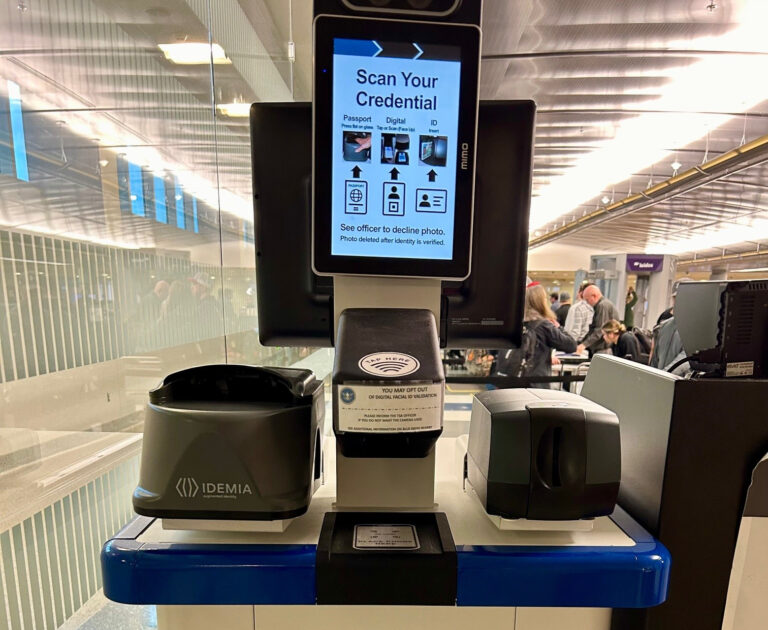The Transportation Security Administration (TSA) is now accepting Louisiana-issued mobile driver licenses (mDL) at checkpoints with digital ID readers nationwide. Louisiana becomes the eighth state that offers digital IDs with TSA CAT-2 interoperability. The other states offering digital IDs are Arizona, California, Colorado, Georgia, Iowa, Maryland and Utah.
In Louisiana, travelers who have downloaded the LA Wallet app to their smartphone can use that for identity verification during the screening process in lieu of handing over a physical photo ID and boarding pass to the TSA security officer at the entry to the checkpoint. The State of Louisiana has made the mDL available to state residents at no cost. Travelers must make sure that their Louisiana license is Real ID compliant.
Louisianans can use their mobile ID for identity verification at the checkpoint in New Orleans and 26 other cities, where TSA has the latest generation of Credential Authentication Technology referred to as CAT-2 in use. The CAT-2 units are equipped with mDL readers and a camera that captures a real-time photo of the traveler. Through a secure internet connection to TSA’s Secure Flight system, the units are also able to verify that an individual is ticketed for air travel that day, so the traveler does not need to show a boarding pass to the TSA officer.
CAT-2 compares the traveler’s photo on the state-issued ID against the in-person, real-time photo. Once the officer confirms a match, the traveler can proceed to security screening. TSA officers can perform additional passenger verification if needed. For travelers who do not have an mDL, their physical credential can be scanned by the CAT-2 unit for identity verification.
TSA recently announced that Frederick Douglass Greater Rochester International Airport has installed CAT-2 units at the checkpoint.
In related news, the Transportation Security Administration (TSA) recently published a final rule for the Flight Training Security Program in the Federal Register. The final rule updates the program to improve its efficiency and effectiveness, including the security threat assessment process for flight training students. Click here to read the full story.


